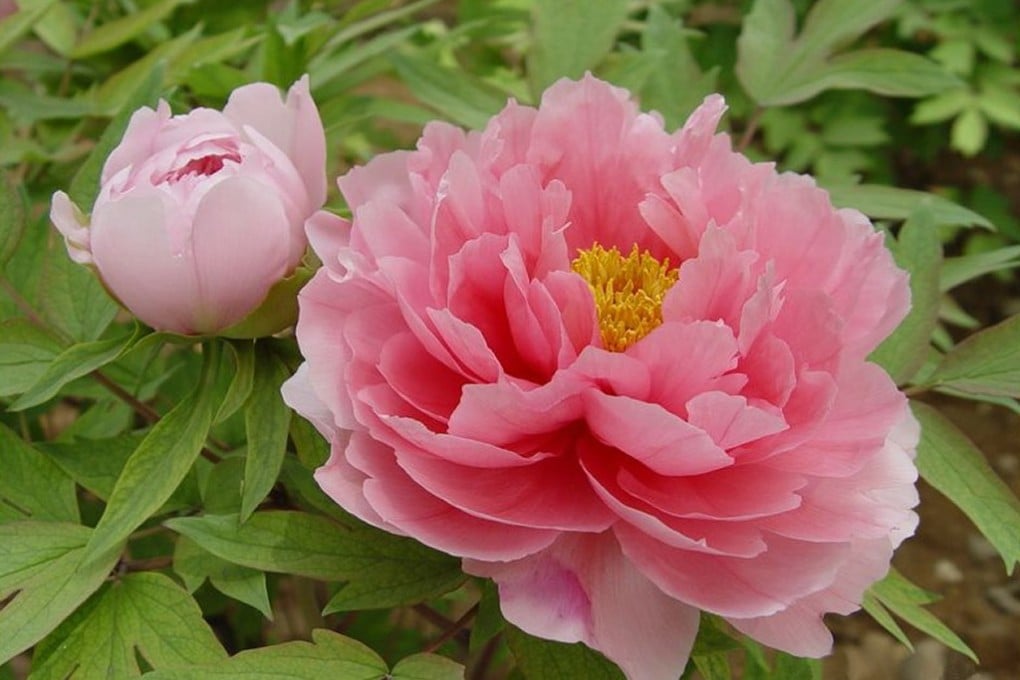Genetic forebears of tree peony, 'king of flowers', nearly extinct, study finds
The tree peony may be the favourite flower of the first lady but nearly all of its genetic parents in the wild are close to extinction because of inadequate protection, according to a new study by mainland scientists.

China's "king of flowers" could soon become an orphan.
The tree peony may be the favourite flower of the first lady but nearly all of its genetic parents in the wild are close to extinction because of inadequate protection, according to a new study by mainland scientists.
The flowering plant is native to China and blooms in rich, vibrant colours. It was the national flower before being replaced in 1929 by the plum tree.
First lady Peng Liyuan is one of its well-known admirers. Born in Heze , a city in Shandong province dubbed the "town of tree peonies", Peng frequently includes the flower in her formal dress or gives it as a gift to foreign guests.
Though the plant has been cultivated in China for more than 1,000 years, its origin remained a puzzle until recently.
There was much speculation on how the flower acquired its impressive colours. One theory was that it was the result of crossbreeding of numerous wild species, but botanists long lacked the hard evidence needed to make a conclusion.
The mystery has now been solved by a team from the Institute of Botany at the Chinese Academy of Sciences.